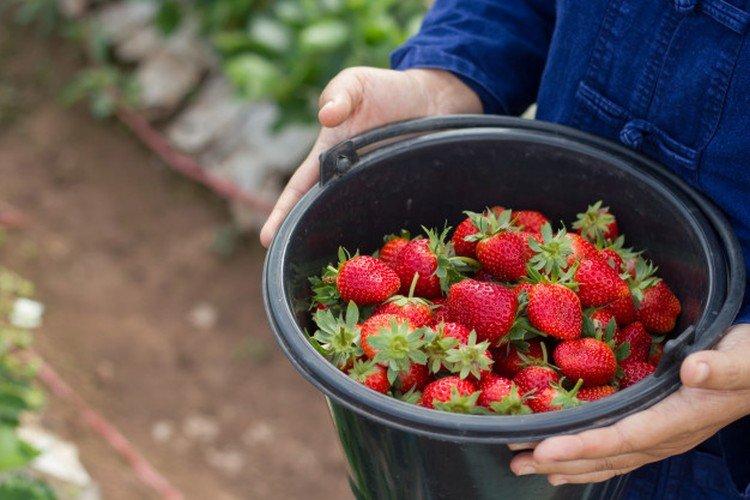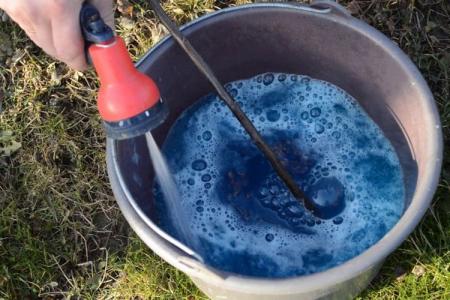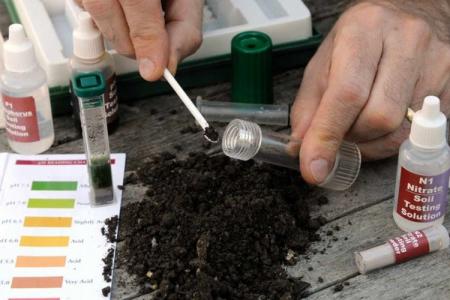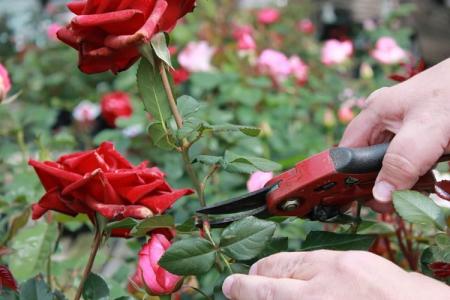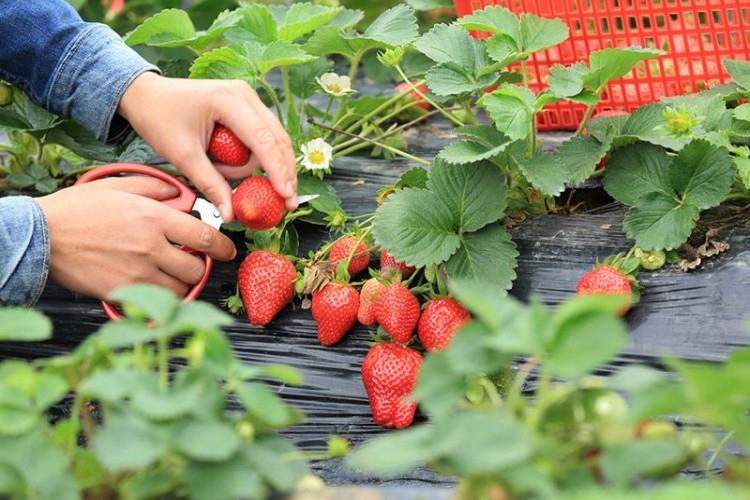
Fragrant sweet strawberries are a joy for all household members. But for the harvest to be really good, just sunny weather and regular watering are not enough. We tell you when and how to feed strawberries in the spring so that in the summer they bear fruit to the envy of the neighbors!
How to understand if top dressing is needed and what is missing?
If, after winter, strawberries are in no hurry to release new shoots and leaves, they lack nitrogen-containing fertilizers. In the first year, even before planting, superphosphates are required at the rate of 30 g per square. From the second year they are applied once a season: in spring for light soils and in autumn for heavy soils.
If the ovaries are poorly formed in strawberries, spray them with boron, which directly affects the amount of harvest. Its deficiency affects the condition of the root system and the appearance of the bushes in general. The berries become deformed, and the leaves become unkempt and asymmetrical.
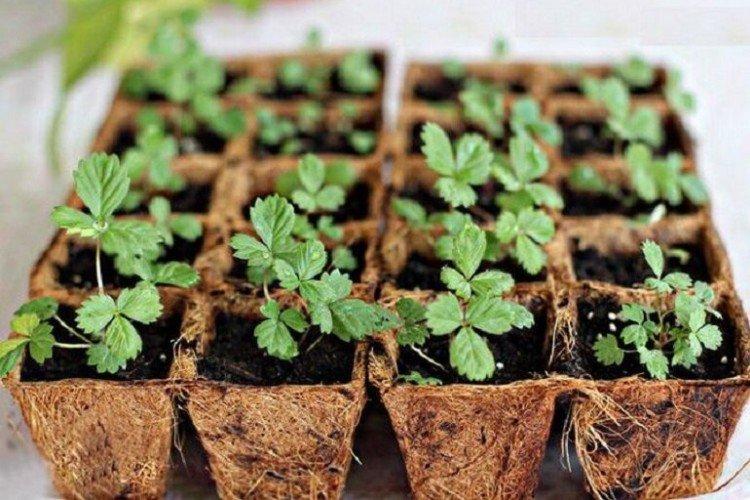
Calcium is involved in the formation of fiber, so without it, the fruits will be watery, perishable and tasteless. The absence of iodine and manganese is fraught with the development of gray rot and fungal diseases. It is especially important to introduce them on sandy, sandy loam and soddy soils.
Top dressing is not needed if the strawberry is already growing foliage too intensively. This is a sure sign of an overabundance of fertilizer, because of which it is unlikely to bloom well. The same goes for old bushes that are more than 4 years old, because they will still become less productive.
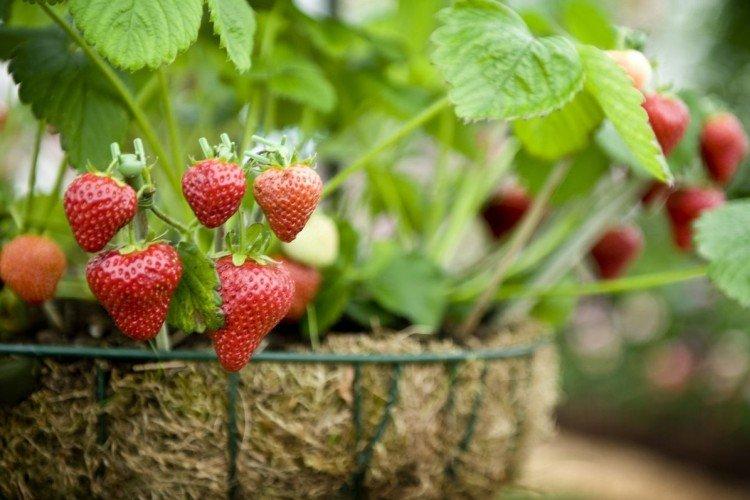
The best time to feed strawberries
Strawberries are fed 3-5 times a year: from spring preparation to winter preparation. First, you need to stimulate the growth of shoots and leaves, then - to improve the harvest, and at the end - to lay new roots and buds for the next season and facilitate wintering.
Start spring feeding when warm weather has stabilized outside the window, around the end of April. The strawberry begins to wake up after winter and the first leaves appear. But first, open the bushes, let them adapt a little, carry out preventive pruning and weeding.
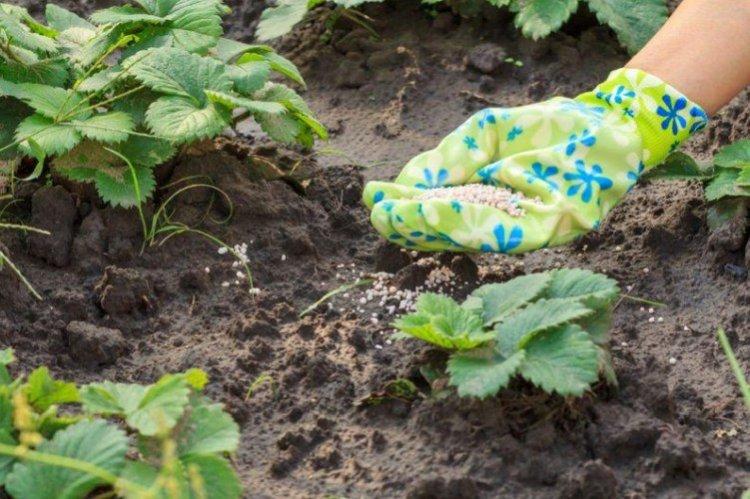
Fertilizers for feeding strawberries
In early spring, nitrogen fertilizers are needed, which stimulate the growth of green mass. Before flowering, dilute complex or organic fertilizers with water and fields of the garden, without touching the leaves. After fruiting, organic matter is best suited, but nitrogen is not needed at all.
Organic
The main organic fertilizers used for strawberries are humus, mullein, chicken droppings and compost. It is almost impossible to overdo it with such supplements, because they will simply stop being absorbed. Organic fertilizers saturate the soil well with all useful components and are completely harmless to humans.
Dilute 2 cups of manure in a bucket of water and add a spoonful of sodium sulfate. If using humus, scatter about 5 kg per square in the beds. Dilute poultry droppings the least (1:20), because it is very rich in nitrogen for the active development of bushes.
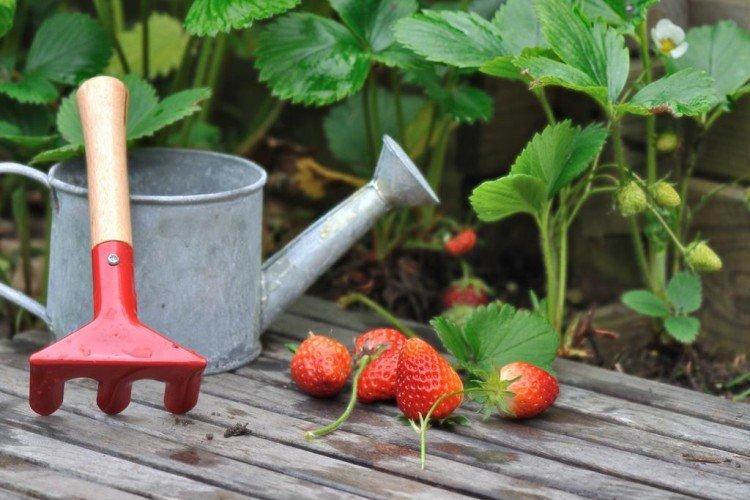
Mineral
For large fragrant berries, ready-made mixtures that are sold in stores have proven themselves best. Choose the right formulation for your garden strawberries. They are rich not only in the above components, but also in zinc, boron, manganese and other necessary substances.
Unlike organic fertilizers, mineral fertilizers are developed in the laboratory. Sulphates, urea and saltpeter are very common among them. The best option is 25% potassium salt, 15% nitrogen, up to 8% phosphorus and up to 0.6% magnesium.
Ammonium nitrate is used at the rate of about 10 g per square. By the third year of the bush, use 15 g and add 10 g of potassium sulfate and superphosphate to it. Prepare ready-made complex fertilizers strictly in the proportion indicated on the package.
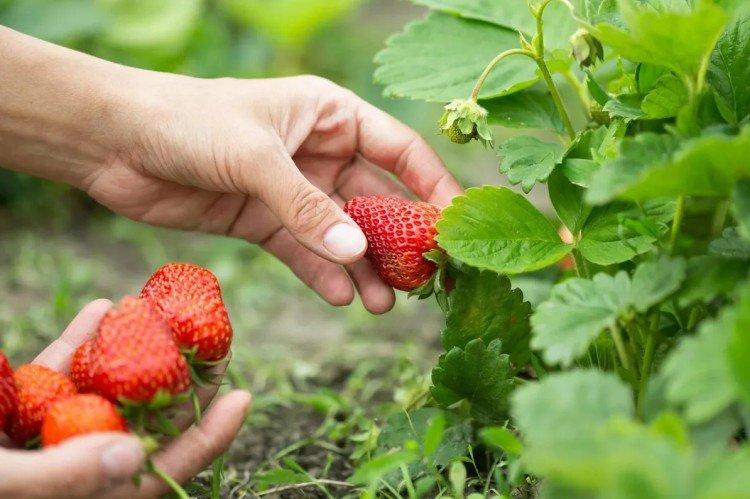
Folk remedies
In addition to the generally recognized organic fertilizers or ready-made mixtures, other tricks are used on the farm. For example, homemade antiseptics, wood ash, yeast, and even sour milk.
Feeding strawberries with ash
Ash is perhaps the most nutritious and versatile fertilizer among folk remedies. You can use it directly and put it in the furrows at 150 g per meter. Add peat if desired, but do not combine it with urea.
Top dressing with ammonia and iodine
A solution of ammonia and iodine is used instead of an antiseptic. It significantly reduces the risk of developing bacterial diseases or rot. Pour strawberries with water, dilute an alcoholic solution of iodine in a proportion of 15 drops to 15-20 liters of water and spray the young leaves overnight.
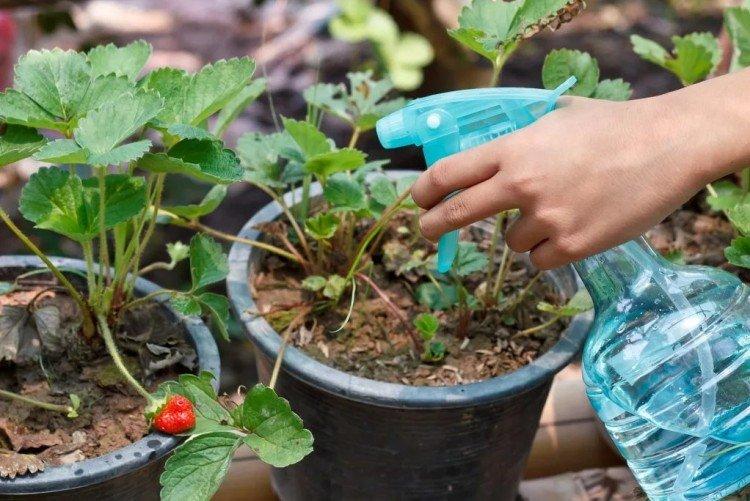
Feeding strawberries with yeast
Yeast contains B vitamins and increases the concentration of other micro and macro elements to make strawberries larger and tastier. Dilute a kilogram of fresh yeast into 5 liters of water and use half a liter each. To make a mixture of dry yeast, pour one sachet, 2 tablespoons of sugar into a bucket of water and leave for 2 hours.
Fertilizing with sour milk
Such feeding normalizes the acidity of the soil, which directly affects the quality of the strawberry harvest. Mix the starter culture with water about 1 to 2 (or taking into account the acidity level of the soil). Pour in the mixture a short distance from the bush or use the spraying method.
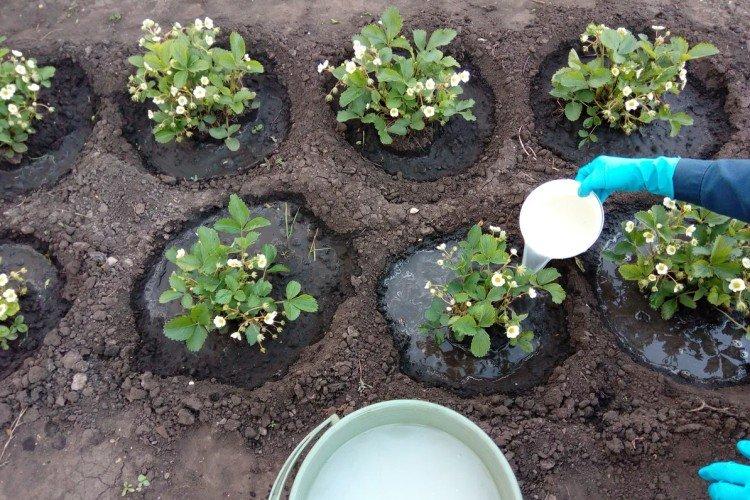
How to feed strawberries to increase the yield?
Early spring feeding should saturate the strawberries with all the nutrients. But keep in mind that the solutions must be weak, because due to an overdose, the bush can burn out, and the berries will be sour or with an unpleasant bitter taste.
Before flowering
Before flowering, use a mixture with an increased amount of nitrogen - for example, saltpeter or carbamide (urea). Saltpeter accelerates the appearance of new leaves, makes the berries large and bright. To feed strawberries, it is enough to dilute 1 tbsp. 10 liters of water - that's enough for 10-20 bushes.
Use diluted poultry droppings with the same effect: 200 g per 10 liters of water. Let the solution stand for a day under a lid in a dark place and well fields between the rows. Make sure that droppings do not fall directly on leaves and roots. Do not use it more than once a season, otherwise hazardous nitrates will build up in the soil.
During flowering
At this time, it is best to water the beds around the bushes with a mullein, without touching the green mass. To prepare the concentrate, dilute a quarter of the mullein with water in a bucket. Just let the solution settle for a few days so that the ammonia comes out of it. A liter of such a concentrate is enough for 4 liters of water, and the finished fertilizer is used at the rate of 10 liters per square.
